For the first time, the superlubricity between atomic layers of hexagonal molybdenum disulfide has been experimentally studied.


For the first time, the superlubricity between atomic layers of hexagonal molybdenum disulfide has been experimentally studied.
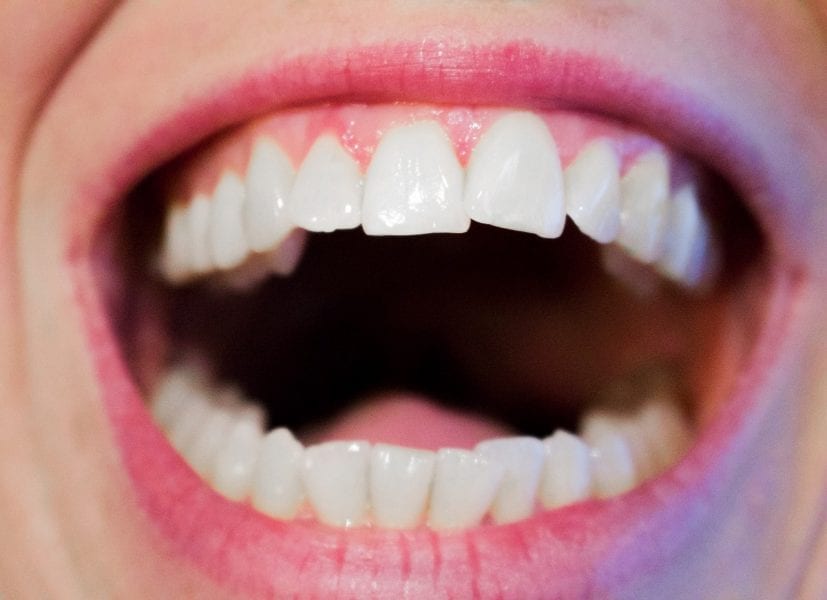
The unmineralized teeth of the giant keyhole limpet are shown to have mechanical properties similar to those of mineralized mammalian bones.
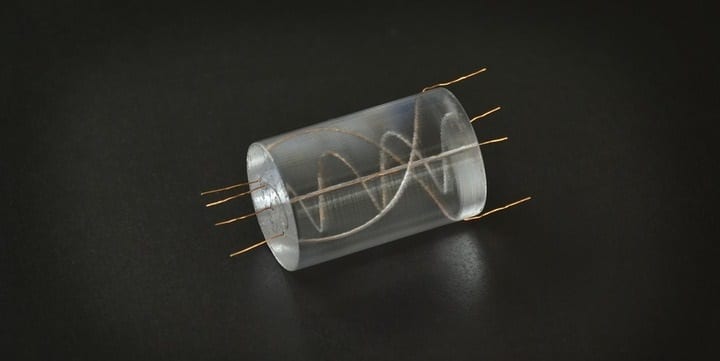
The UK based AMRC developed a hybrid 3D printing process that allows electrical, optical and structural elements to be introduced.
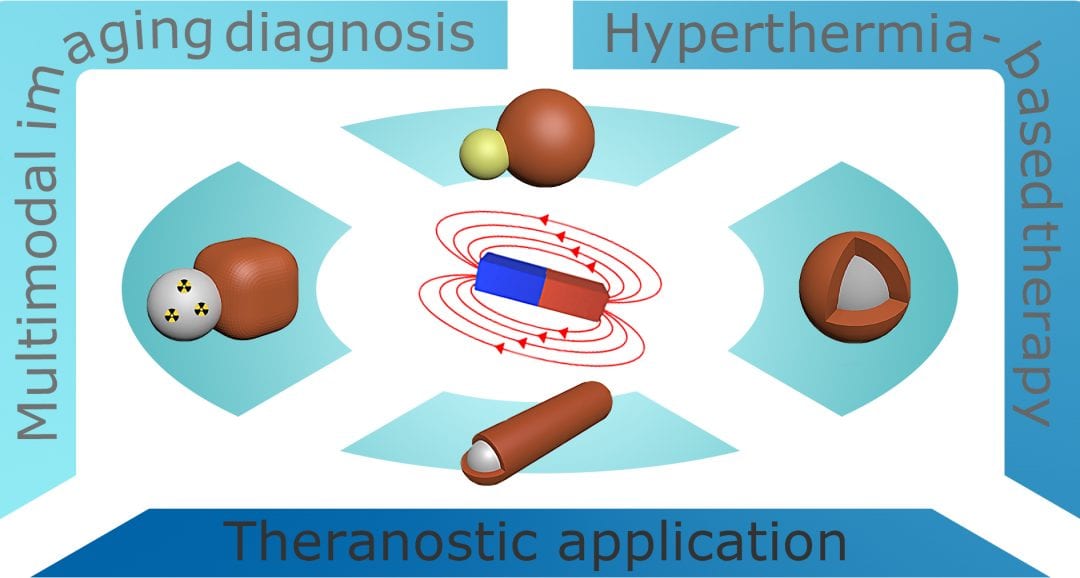
Magnetic hybrid nanomaterials combining magnetic nanomaterials and extra functional nanocomponents not only exhibit magnetic properties but also act as important biomedical agents.
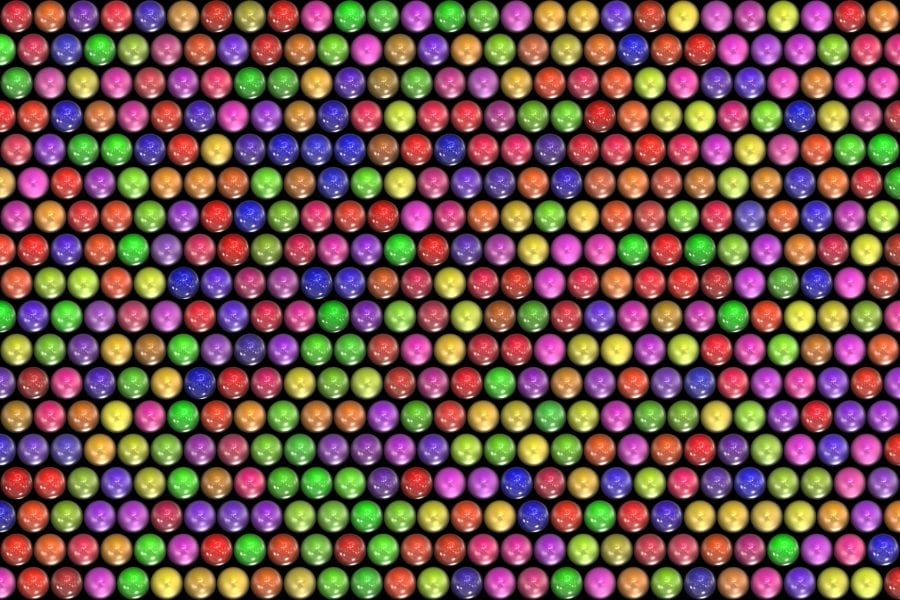
Investigating EV production and purification methods by mimicking the natural release process of EVs in blood capillaries with a bioinspired mechanical microfluidic method.
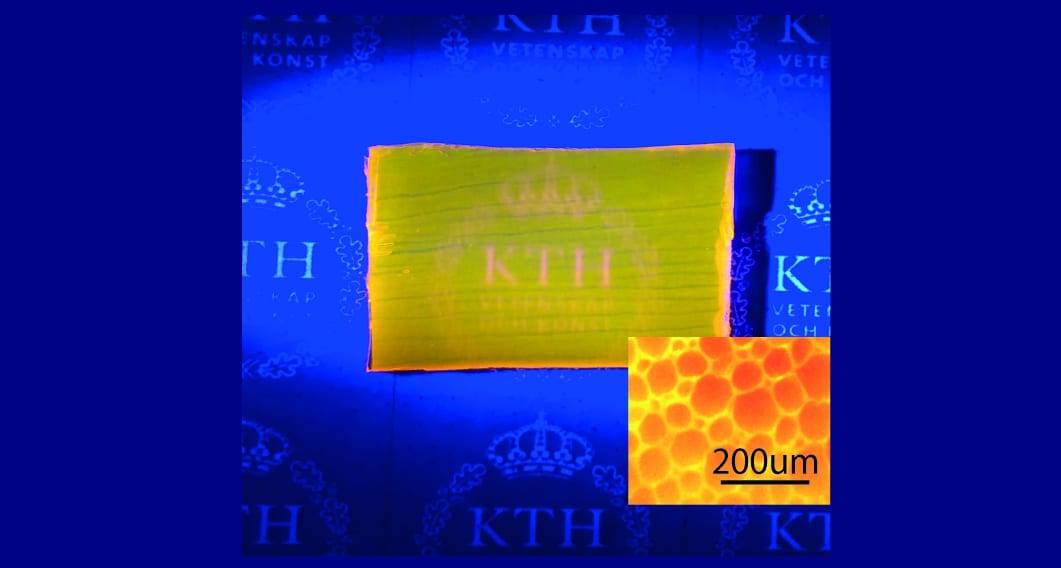
Elena Vasileva and co-workers develop an organic laser by embedding an organic dye into transparent wood.

The Centre for Solar Energy and Hydrogen Research Baden-Württemberg (ZSW) and its industry partner Manz achieved a breakthrough on the Chinese market.
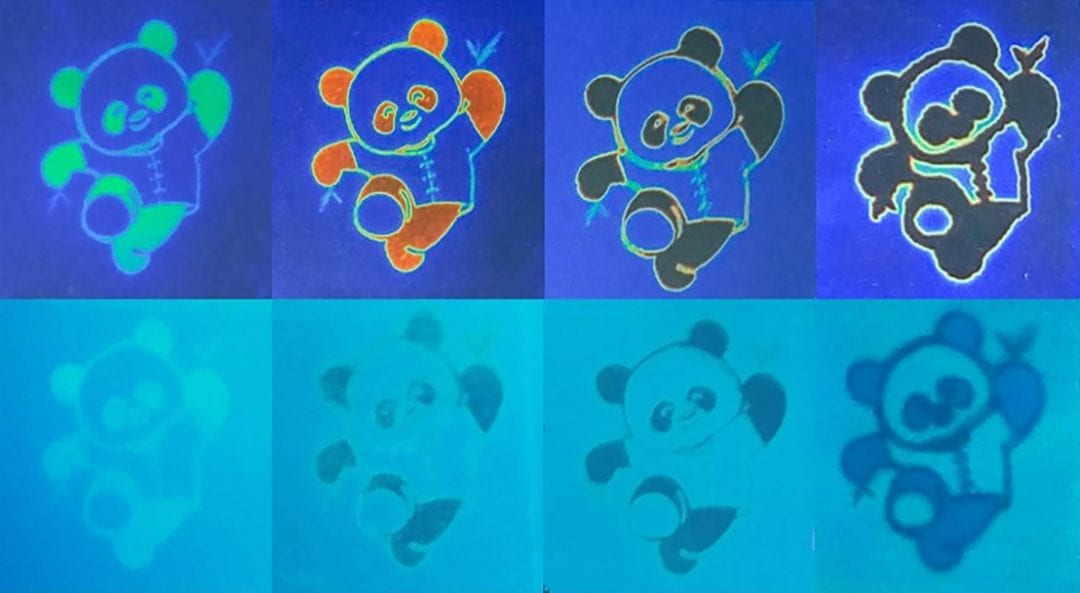
The month’s top articles from the field of nanooptics, optoelectronics, metamaterials, optical devices, detectors & sensors, micro/nano resonators and more.
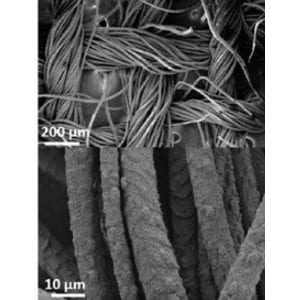
Researchers develop a vapor-coating technique to produce wearable electronic devices from conducting-polymer-coated off-the-shelf, plain-woven fabrics.

3D-printed transparent glass is prepared using a two-step method that shows promise for the creation of glass optics as well as intricate glass structures.